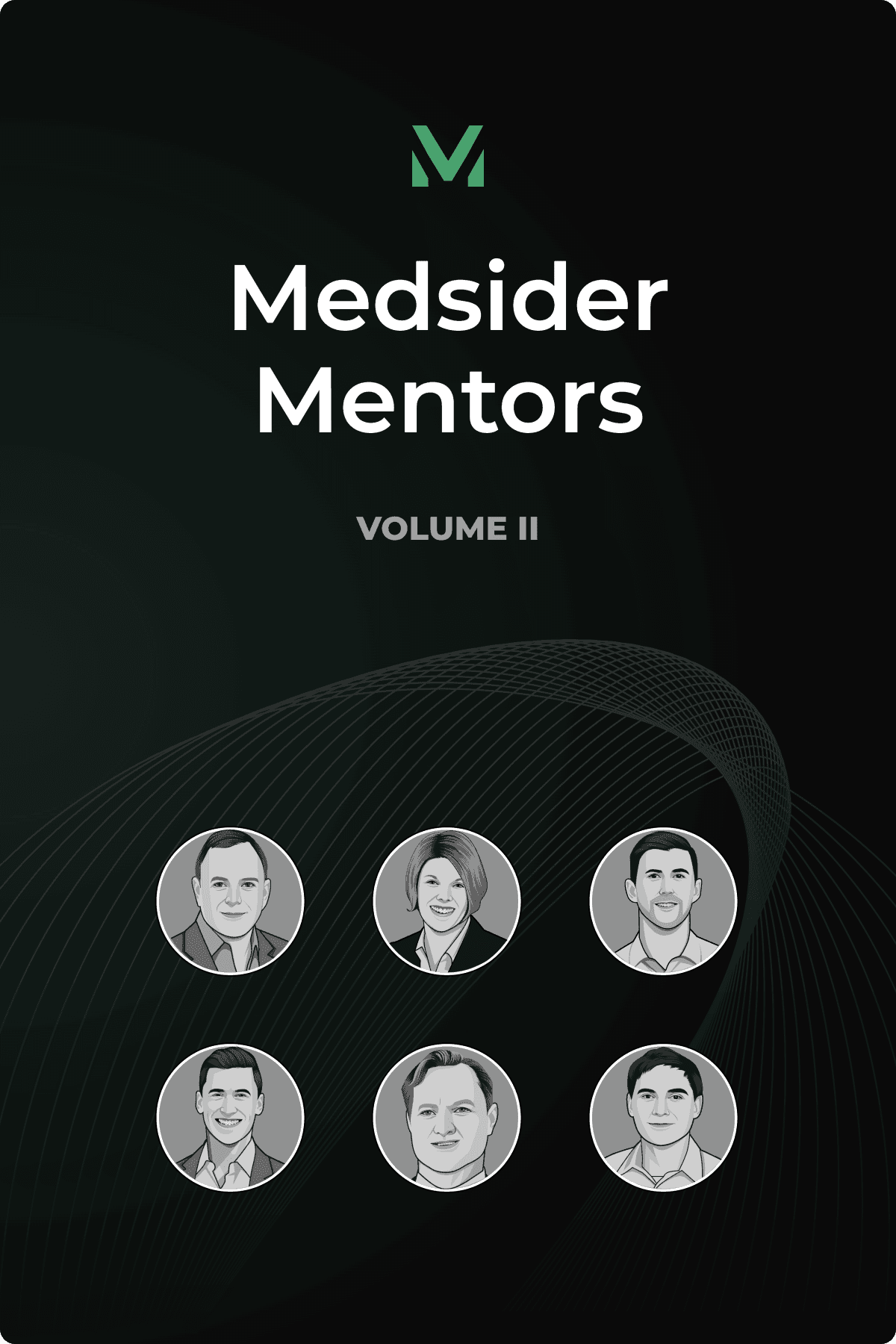How to Take Your Medtech Idea from Zero to One
Interview with Dr. Scott Wolf, Founder of Aerin Medical

We recently caught up with Dr. Scott Wolf, a prolific medical device entrepreneur and investor who founded Aerin Medical to bring non-surgical therapies to patients with common nasal airway problems.
Prior to founding Aerin Medical, Scott started Zeltiq Aesthetics, the maker of CoolSculpting. His other startups include Endogastric Solutions and Cardiac Dimensions, and he was a partner at Prospect Venture Partners as well as VP at Frazier Healthcare Ventures, both leading life science venture capital firms. Scott received his M.D. from George Washington University and his B.A. from the University of Pennsylvania.
You won’t find many people with more hands-on medtech experience than Dr. Scott Wolf. In this interview, we’ll discuss Aerin’s technology, break down the advantages of cash-pay versus insurance reimbursement, and get Scott’s advice for would-be founders hoping to turn a great idea into a real prototype.
You May Like These Articles
Medsider Premium
Become a premium member and unlock access to exclusive Medsider benefits.



